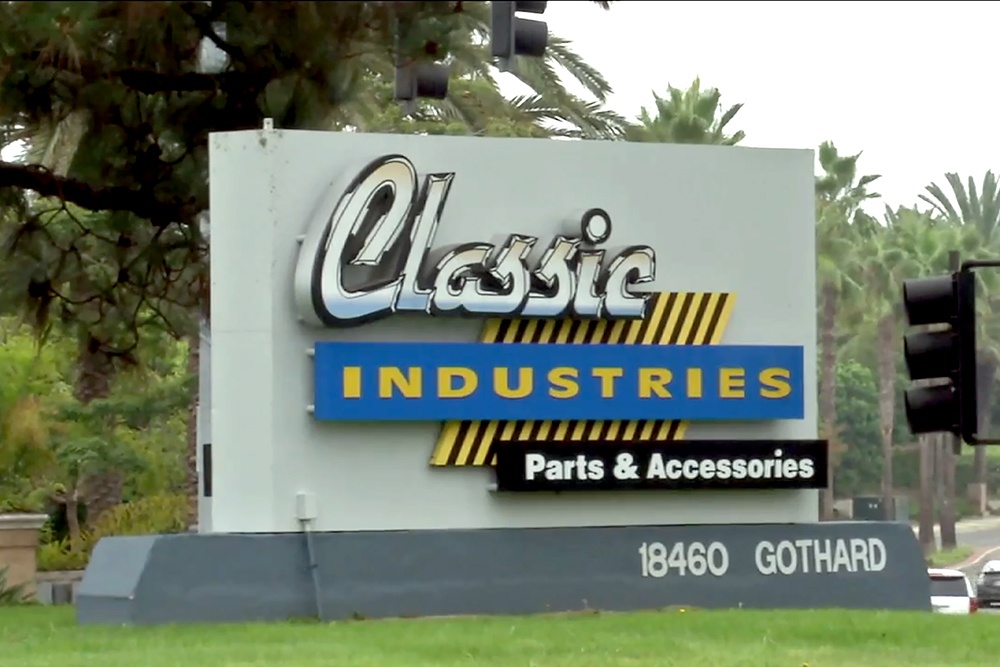The Classic Industries Retail Showroom is always busy with customers browsing our catalogs and picking up restoration parts for their project cars and trucks. Many of these customers are Southern California locals, but quite a few others stop by while visiting from other states or even other countries. However, last week our showroom received an extra-special visitor: Dave Kunz from ABC7 Eyewitness News. Dave and his film crew took a look behind the scenes at Classic Industries and interviewed company founder and CEO Jeff Leonard.













